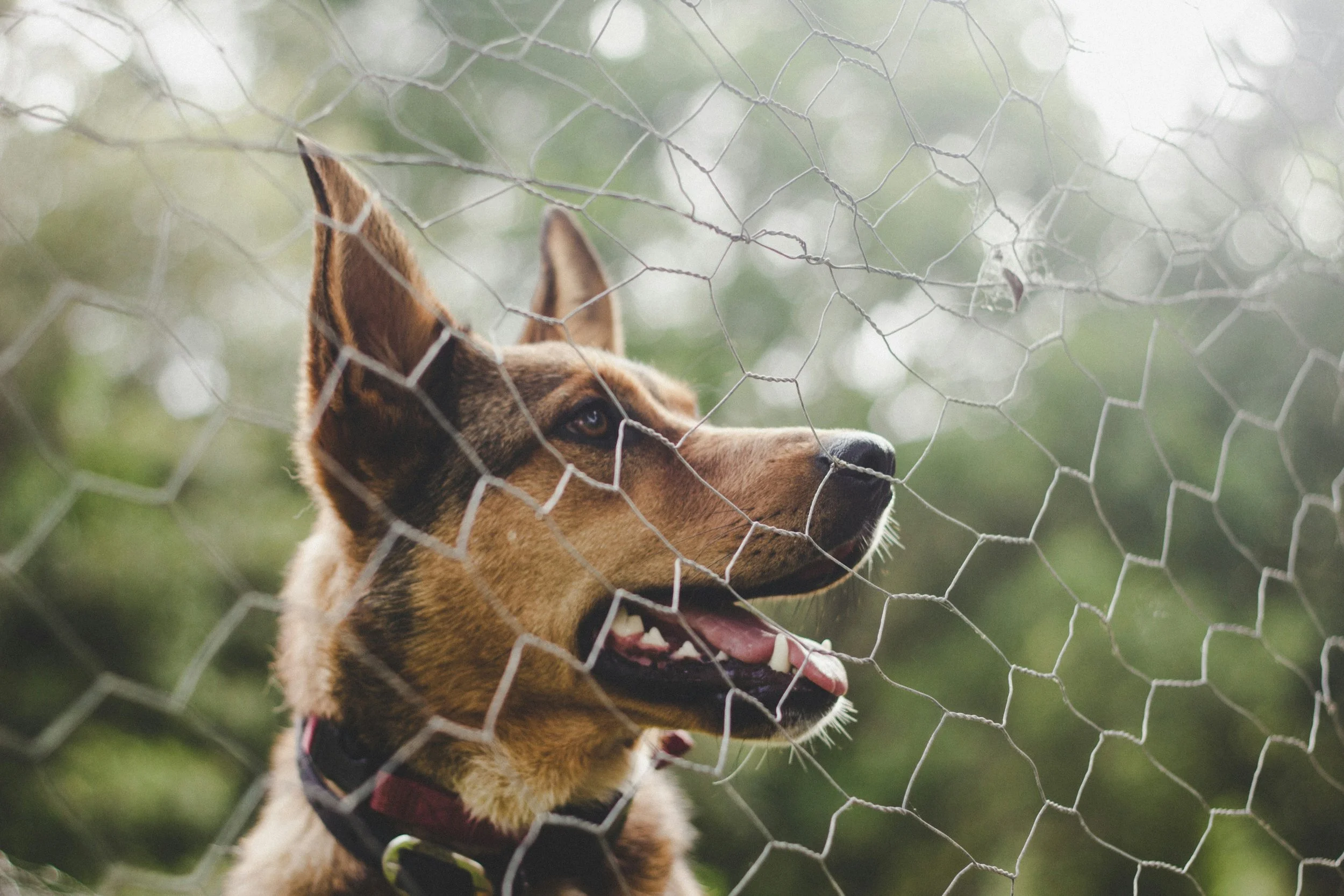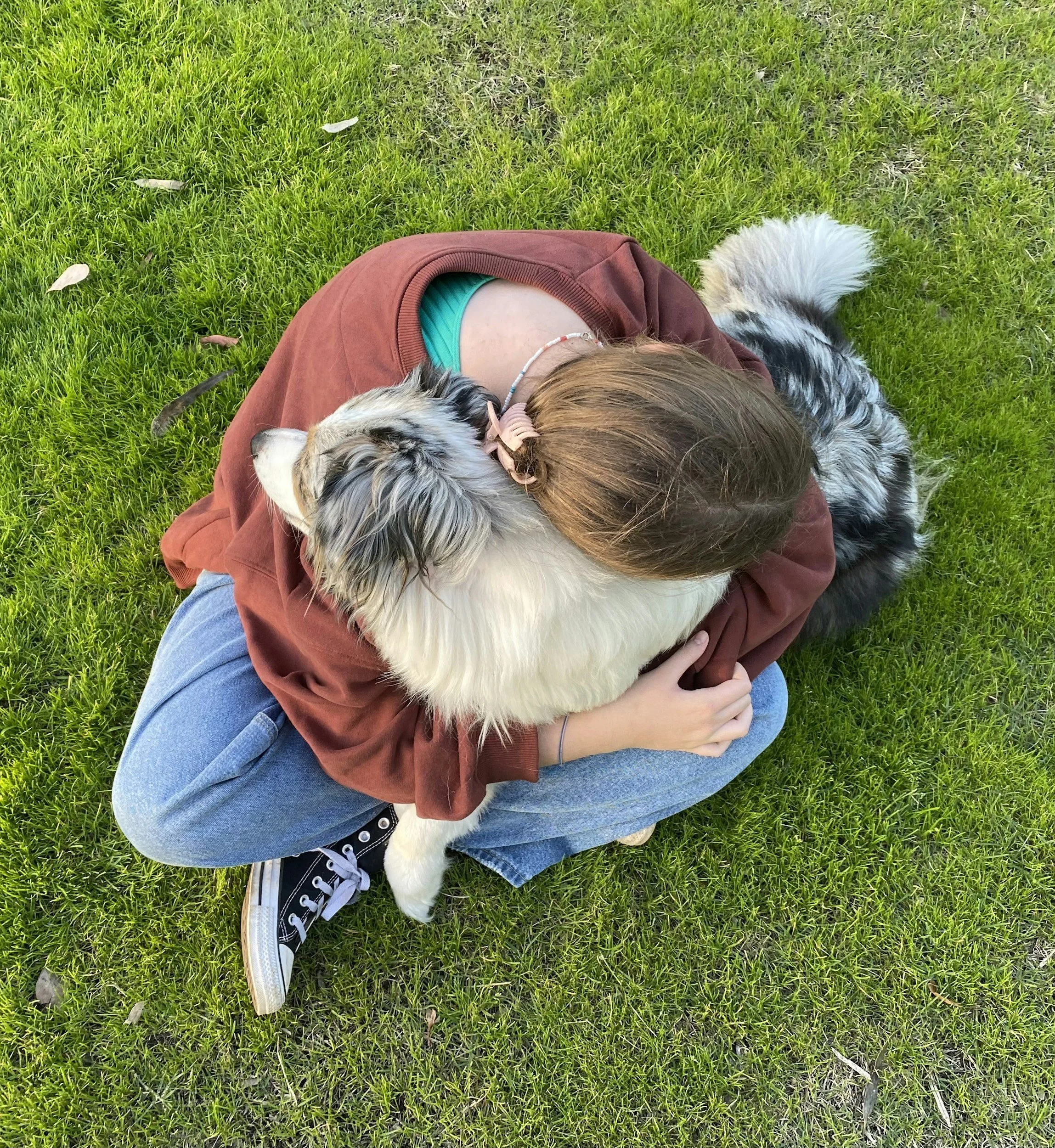Smart Pet Safety with GPS Wireless Dog Fences
Do you remember when a wooden fence or a rope tied to a tree was all it took to keep pets safe? Those methods still work, but pet safety has come a long way. One of the most fascinating new things is the GPS wireless dog fence. No more buried cables or short leashes. Dogs are given more freedom, and owners are given peace of mind thanks to technologies like GPS Dog fence.
This technology isn't just a nice upgrade; it's a whole new way to keep our pets safe and give them power. It is transforming how people who own dogs today think about safety, independence, and connection.
Why Traditional Fences Just Don’t Cut It Anymore
Let's be honest. Fences that are made the old-fashioned method are expensive, not particularly flexible, and are not always reliable. It can cost hundreds of dollars to install. What about people who rent? Or individuals who take their dogs with them when they travel a lot? Or people who live in open areas where fencing isn't even an option?
Then there’s the behavior aspect. Dogs are smart. They can find a weak place, squeeze through, or dig their way to escape if they really want to. Physical barriers don't always work.
On the other hand, GPS fences work without being seen. No digging, no concrete, and no pounding. Simply set a limit on your device, and the system will take care of the rest. It will alert your dog if they get too close to the edge and scold them if they cross it.
How GPS Dog Fences Actually Work
GPS dog fences use satellite technology, which is the same technology that lets your phone find its location. A collar with GPS keeps track of where the dog is in relation to a boundary defined by the owner.
The collar makes a sound to alert the dog if it gets too close to the edge of this virtual fence. A mild, humane static warning kicks in if the dog keeps going. Dogs learn the boundaries over time and don't often test it after they are trained.
You can change the boundaries on your phone or tablet using some systems that are app-controlled. Some work directly through the collar, which has built-in memory. And because there are no wires, it only takes a few minutes to set up, not hours or days.
1. The Rise of Wireless Pet Containment
The pet tech business around the world has been doing quite well. Grand View Research says that the pet wearable industry, which includes GPS fencing, would expand at a rate of 12% per year, reaching more than $6 billion by 2030.
A big cause is pet owners today want solutions that fit their busy lives. Dog owners today want safety systems that are adaptable and can be migrated around. They want them for camping trips on the weekends, adventures to the beach, or even simply moving between residences.
GPS wireless fences are the answer. They are portable, flexible, and easy to reprogram, so pet owners can install safe zones anywhere, including backyards, parks, and even temporary open locations like RV sites or farms.
2. The Emotional Side of Keeping Pets Safe
This change isn't just about the technology and the numbers; it's also about feelings.
A dog is more than just an animal. It's a buddy. A friend. A member of the family. And keeping them safe without locking them up or worrying about where they are all the time gives you peace of mind that is hard to put a price on.
Every pet owner has felt that horrible panic when their dog goes missing, even for a short time. An open gate. A squirrel chase gone too far. One minute they're sniffing around the garden, and the next they're gone.
GPS fencing cuts down on such times. They let dogs explore within bounds and provide owners peace of mind that their pets are following the rules, even when they're not monitoring.
3. Portable Protection: A Big Win for Travelers
GPS fence is great for people who are always on the go since it fits in so well with their lives. If you're visiting family who live far away or staying at an Airbnb that allows dogs, with regular fences, your dog would have to stay inside or on a leash.
But with a GPS wireless system, you can set a fresh boundary within minutes. You don't have to worry about your dog escaping or holding a leash all the time. They have a safe place to play.
GPS fences are great for suburban homes, but they're also great for folks who have cabins, RVs, or second homes because they can be moved about easily.
4. GPS vs. Invisible (Wired) Fencing
Invisible wire fences were previously considered groundbreaking. A wire hidden underground would activate a signal as the dog approached, warning and correcting them if they crossed the line. It worked—sort of. But it also came with complications.
Digging and placing the wire takes time and forethought. The wire might be damaged by landscaping, building, or weather. Moving the boundary needs physical exertion. And repairs can be pricey.
GPS systems, by comparison, involve zero trenching. No wire, no digging. Just set it up digitally. Want to change the zone? Done in a few clicks.
5. The Training Component: Consistency Is Key
Here’s a truth bomb: even the most advanced GPS system won’t work without sufficient training. The technology sets the stage, but behavior is learned.
Most GPS fences offer training modes that transmit simply warning tones in the beginning. During this stage, owners help their dogs understand where the boundary is by providing them with guidance, typically in the form of flags, rewards, or vocal cues. With constant repetition, most dogs understand their limits in just a few days.
And once they do, you’ll be shocked at how naturally they stay inside their zones—even without correction.
Are GPS Fences Safe and Humane?
This question comes up often. And the answer is yes—when used correctly, GPS wireless dog fences are both safe and empathetic.
The correction employed is equivalent to a touch on the shoulder. It doesn’t hurt. It’s not harmful. It’s merely a means to attract the dog’s attention—like saying “No!” in a forceful voice. Many systems also allow you to vary the intensity level according to your dog’s size and temperament, or use solely sound without any static input at all.
The primary purpose of GPS collars is not punishment but communication. They offer a mechanism for dogs to grasp limits in a language they can learn via repetition.
Who Should Consider a GPS Wireless Fence?
If you’re a dog owner who:
Doesn’t have a physical fence
Lives on a large property
Wants to give your dog off-leash freedom
Travels often with your pet
Rents or frequently relocates
Wants to avoid expensive fencing installation
It’s especially popular among those with several dogs, vast landscapes, or unexpected routines. The more flexible your lifestyle, the more important a mobile border system becomes.
The Learning Curve (And How to Make It Easier)
Some people who own pets are worried about how to set it up or learn how to use it. Will it be hard to set up? Will my dog not like it?
The good news is that most systems are easy to use and support team members are only a phone call or email away. The battery life has gotten a lot better; most collars can last 24 to 48 hours on a single charge. And newer styles are light and rain-resistant, so you don't have to worry about your dog running, playing, or even rolling in the grass.
Your dog will probably get used to the collar better than you think if you take the time to train him and introduce it slowly.
Looking Ahead: The Smart Future of Pet Safety
This is only the start of GPS. In the next several years, we may see wireless fences that work with AI to keep an eye on how dogs behave and change the borders on their own. Some collars already let you track your dog in real time, showing you where they are and where they've been.
In the future, we might get geofencing that works with our calendars and lets you know if your dog leaves the house when you're not home. Or collars that detect mood and stress levels based on heart rate and activity.
Smart, responsive, and very personal pet safety is the future, and GPS fences are making it happen.
Final Thoughts: Giving Dogs Freedom Without Fear
In the end, this isn't simply about technology. It's all about trust.
We want our pets to have full, free lives. To roll in the grass, chase butterflies, and sniff flowers. But we also wish for their safety, proximity, and accessibility.
GPS wireless dog fences find that balance. They take down the wall between "safety" and "freedom" and put up something that makes greater sense: understanding.
Because being safe shouldn't include being locked up. For you and your best buddy, it should signify trust.


